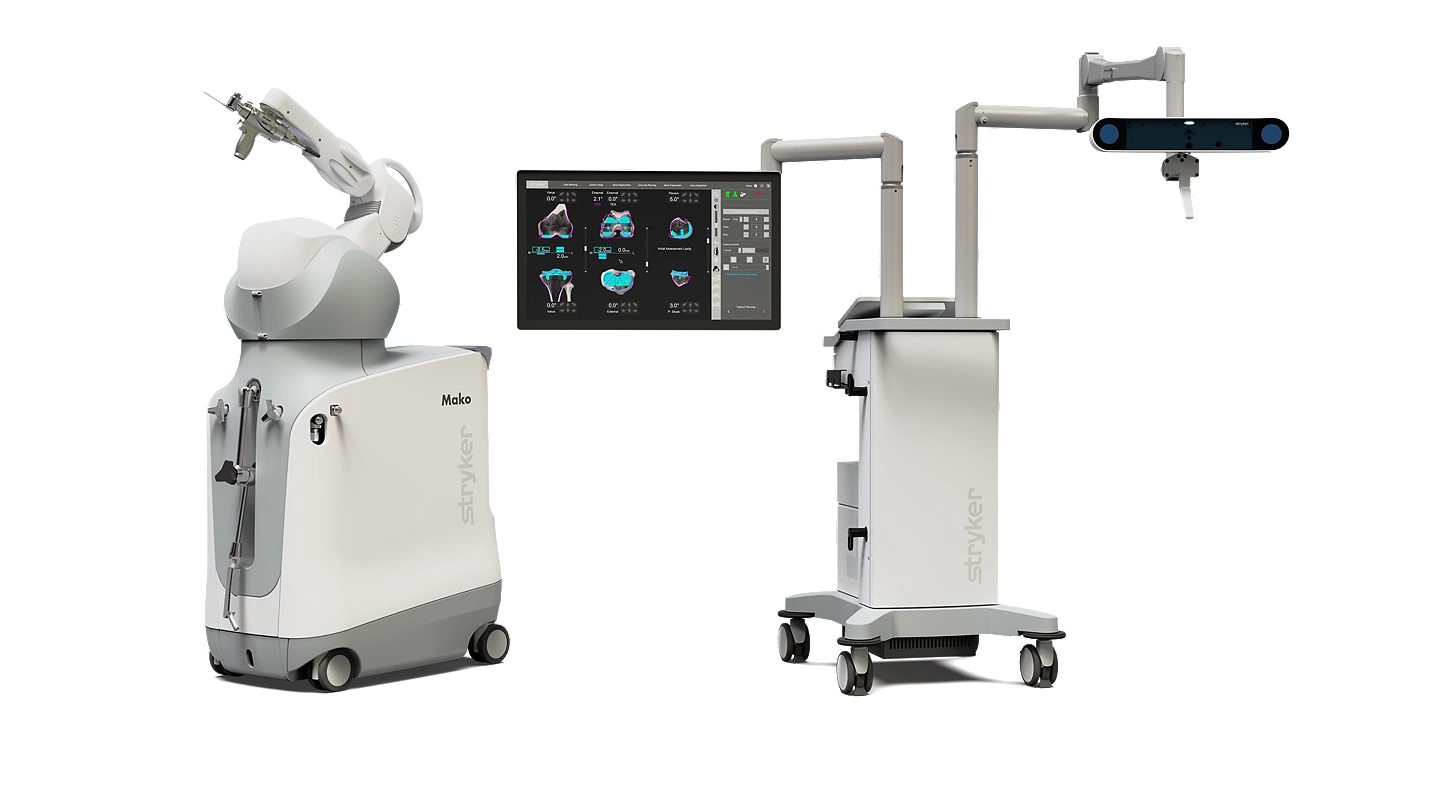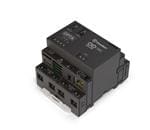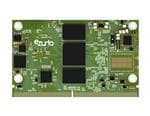- Home
- Braemac Blog
- How Robotics in Surgery Creates Safer Operating Rooms
How Robotics in Surgery Creates Safer Operating Rooms
About Jari Haiston

Despite their extensive training, even the most skilled surgeons are not immune to error. Long demanding shifts often push them to the limits, where fatigue and stress can impair judgement and performance. When surgeons aren’t at their peak, mistakes happen. Like the infamous case in Austria where one surgeon amputated the wrong leg on their patient.
Fortunately, miscommunication, fatigue, and stress in operating rooms are becoming more easily mitigated with the integration of robotics in surgery. Robotics in surgery, or robotic-assisted surgery, is creating safer operating environments by reducing human error, enhancing precision, minimizing risk of infection, and much more.
What is Robot Assisted Surgery?
Robotic-assisted surgery is a type of minimally invasive surgery that integrates robotic systems to aid surgeons during procedures. Integrating multiple robotic arms, surgeons can control specialized instruments from a console. Surgeons use a series of hand and foot controls to manipulate robotic arms and perform procedures. Surgical robotics systems may also include cameras that provide a high-definition view of surgical sites and internet of things (IoT) devices like sensors to provide real-time insights into patient vitals.
5 Key Benefits of Surgical Robots
Robotic-assisted surgery allows surgeons to operate with a high level of accuracy and precision. Robotics in surgery is making operating rooms safer in several ways:
- Precise and Consistent Movements: Robots are designed to move in a very controlled and consistent manner, which reduces the chances of human error.
- Less Invasive: Robotic surgery is less invasive than traditional surgery, which means that patients experience less pain and discomfort, and they have a shorter recovery time. Smaller incisions also reduce the risk of infection and bleeding.
- Enhanced Visualization: Robotic surgery offers enhanced visualization, which allows surgeons to see the surgical site in more detail than ever before. This means that they can identify and address potential issues more effectively, and with greater precision.
- Reduced Blood Loss: The precise and controlled movements of robotic systems can reduce blood loss during surgery, which is particularly beneficial in complex procedures.
- Improved Ergonomics: Robotic surgery systems are designed with ergonomics in mind, which means that surgeons can perform procedures in a more comfortable and natural position. This reduces the risk of fatigue and strain injuries, which can affect surgeons during long procedures.
Overall, robotic surgery is making operating rooms safer by reducing the risk of human error, improving visualization and precision, and reducing the risk of complications and patient harm.
Types of Cutting-Edge Surgical Robots
Surgical robots can be used in a wide range of surgical procedures, such as prostatectomies, hysterectomies, and cardiac surgeries. There are various types of surgical robots, each designed for different types of procedures and surgical specialties. Some common types of surgical robots include:
Intended for minimally invasive procedures, laproscopic surgical robots use small instruments that can be inserted into the body through tiny incisions. Intuitive, founded in 1995, is the maker of da Vinci surgical systems. da Vinci systems are a popular choice for laparoscopic surgical procedures. UC Health reports that there are more than 1,700 da Vinci systems installed in hospitals worldwide, and more than 775,000 patients have had a da Vinci procedure.
da Vinci systems are also popular cardiac surgical robots. Cardiac surgical robots are used in cardiac surgery like heart bypass surgeries.

-(1).jpg)
Robots used in orthopedic surgeries, such as joint replacements, can assist surgeons in making precise cuts and positioning implants with greater accuracy. Stryker’s Mako is a type of robotic-arm system that is a popular device in joint replacement surgeries. The Robot Report cites that there are more than 650 Mako robots placed globally. Since 2018, 76,900 knee and hip replacement procedures have been performed through their use.
Used in neurosurgery procedures, brain surgeries, neurosurgical robots can provide a stable platform for the surgeon to operate on and can help reduce the risk of complications. Neuromate® by Renishaw is a type of stereotactic robot that is utilized in neurosurgical procedures. Neuromate has been used in thousands of electrode implantation procedures for deep brain stimulation (DBS), stereoelectroencephalography (SEEG), and other stereotactic applications.

Source: Renishaw
What Does the Future Hold for Robots in Surgery?
As robotics technology continues to evolve, the next generation of surgical systems will push boundaries—integrating AI and ML for smarter decision-making, enhancing haptic feedback to improve surgical precision, and introducing augmented reality to give surgeons an even clearer view in the operating room. These innovations will lead to safer, more effective procedures and improved patient outcomes.
Image | Manufacturer | Part Number | Description | Data Sheet | Pricing | Buy |
|---|---|---|---|---|---|---|
 | Arduino | AFX00002 | Programmable Logic Controllers - PLCs PRO Opta WiFi Carrier | 1: $201.49 | ||
 | Digi International | CC-WMX-YC7D-KN | System-On-Modules - SOM ConnectCore 93 Dual, i.MX 93 Dual A55, M33, NPU, 1GB LPDDR4, 8GB eMMC, -40/+85C, Wi-Fi 802.11ax, Bluetooth 5.3 | 1: $141.09 | ||
 | Ezurio (Formerly Laid Connectivity) | T700_SMARC_SOM_4R16E | System-On-Modules - SOM Tungsten700 SMARC SOM: Genio 700 / 4GB / 16GB eMMC / 0 to +70C | 1: $178.46 | ||
 | Lantronix | LOQ-8550-EVK | Development Boards & Kits - Other Processors Open-Q 8550 SIP Android Dev Kit, HDMI & Camera Adapter Board, WiFi & BT Antennas | 1: $1,400.00 | ||
 | MediaTek | GENIO_510_EVK | Development Boards & Kits - ARM Genio 510 Evaluation Kit | 1: $1,248.75 | ||
 | Synaptics | 720-000275-01 | Development Boards & Kits - ARM SL1680 Astra Machina dev kit Commercial-grade (32G eMMC/4GB DRAM/43752 WiFi6 2x2) | 1: $275.03 | ||
 | TDK InvenSense | EV_ICU-20201-00 | Distance Sensor Development Tool Chirp Evaluation Kit for ICU-20201. Plugs into DK-x0201 | |||
 | u-blox | EVK-MAYA-W276-00C | Multiprotocol Development Tools Eval. kit MAYA-W276 | 1: $199.00 |

.png)
.png)


